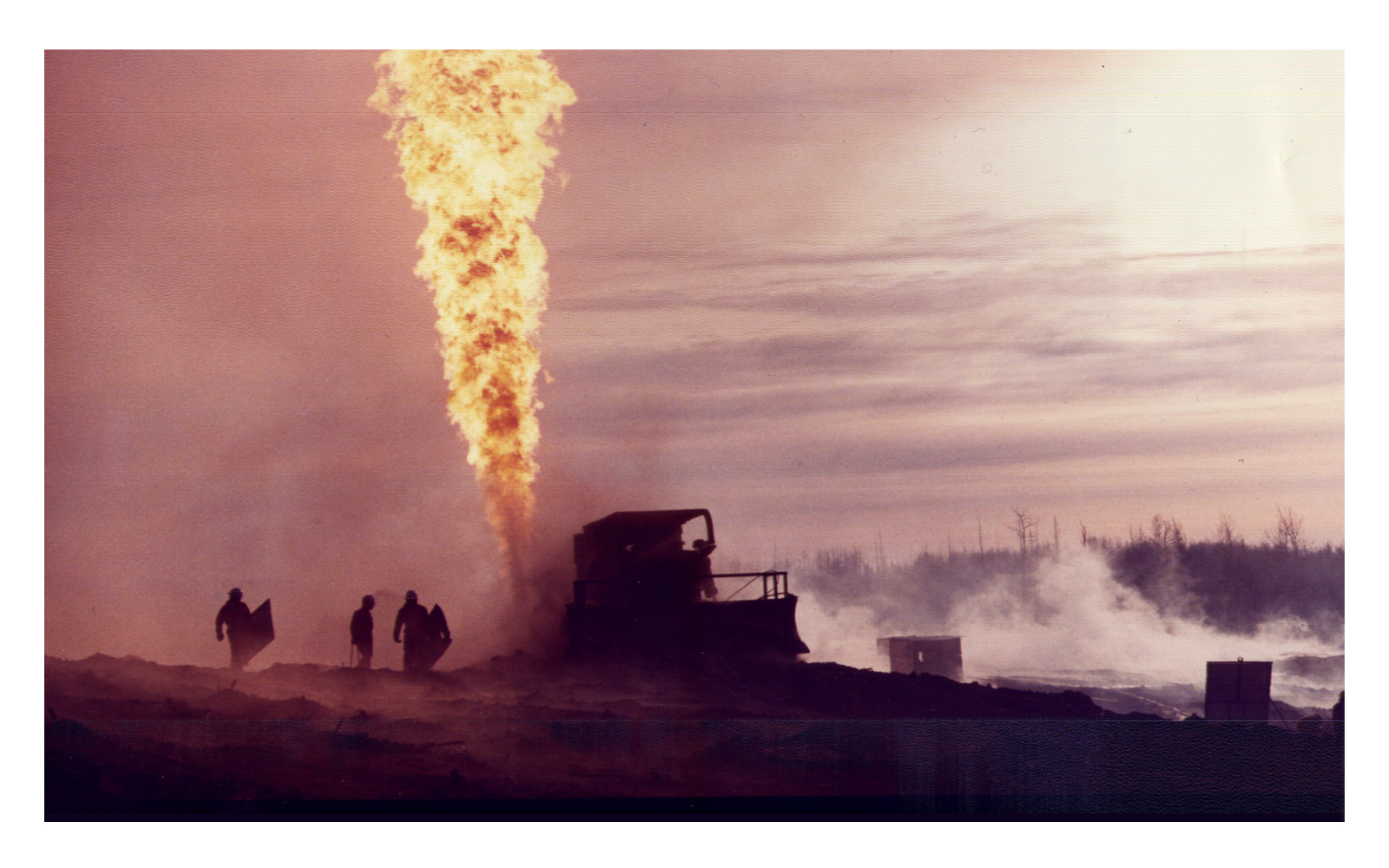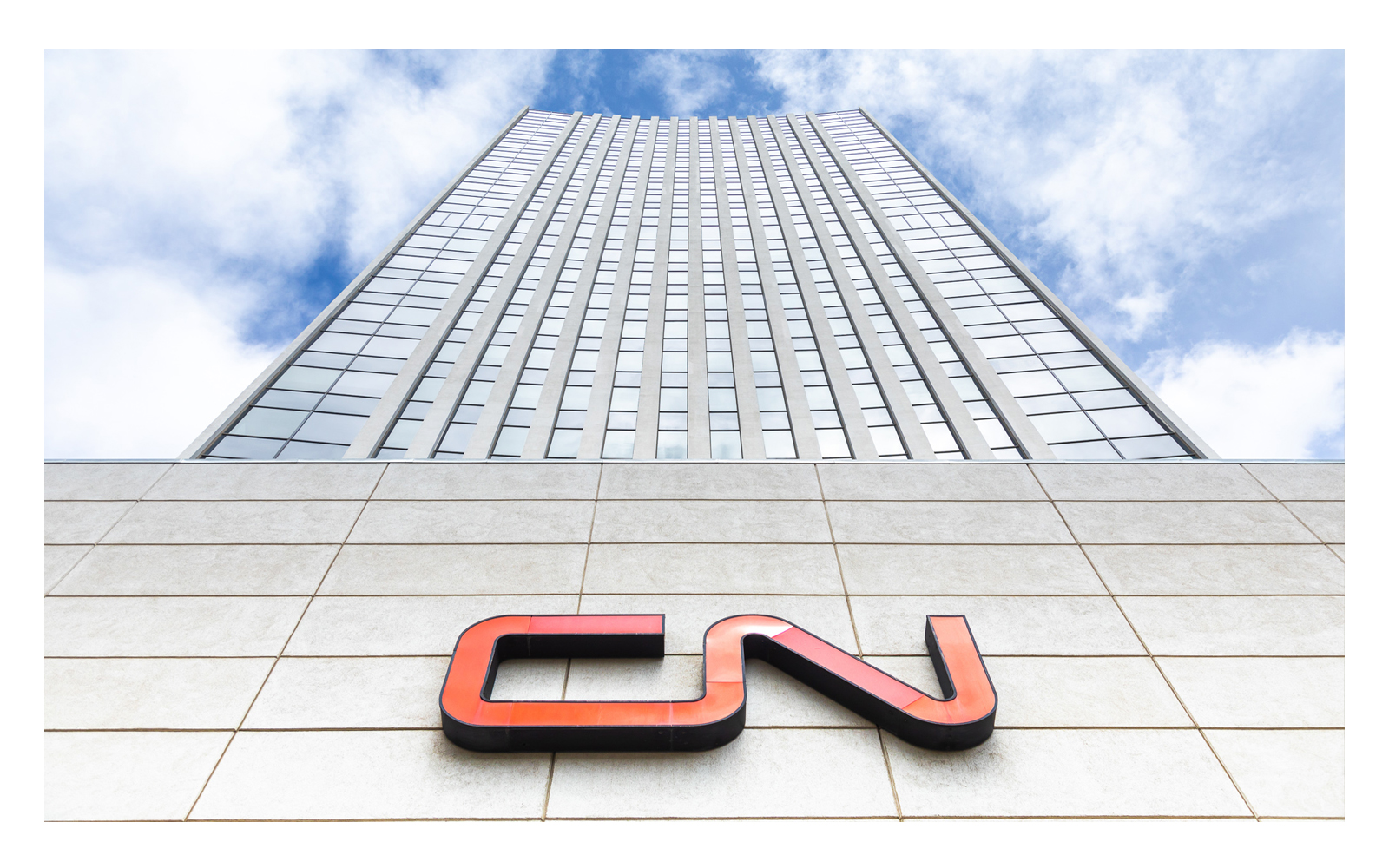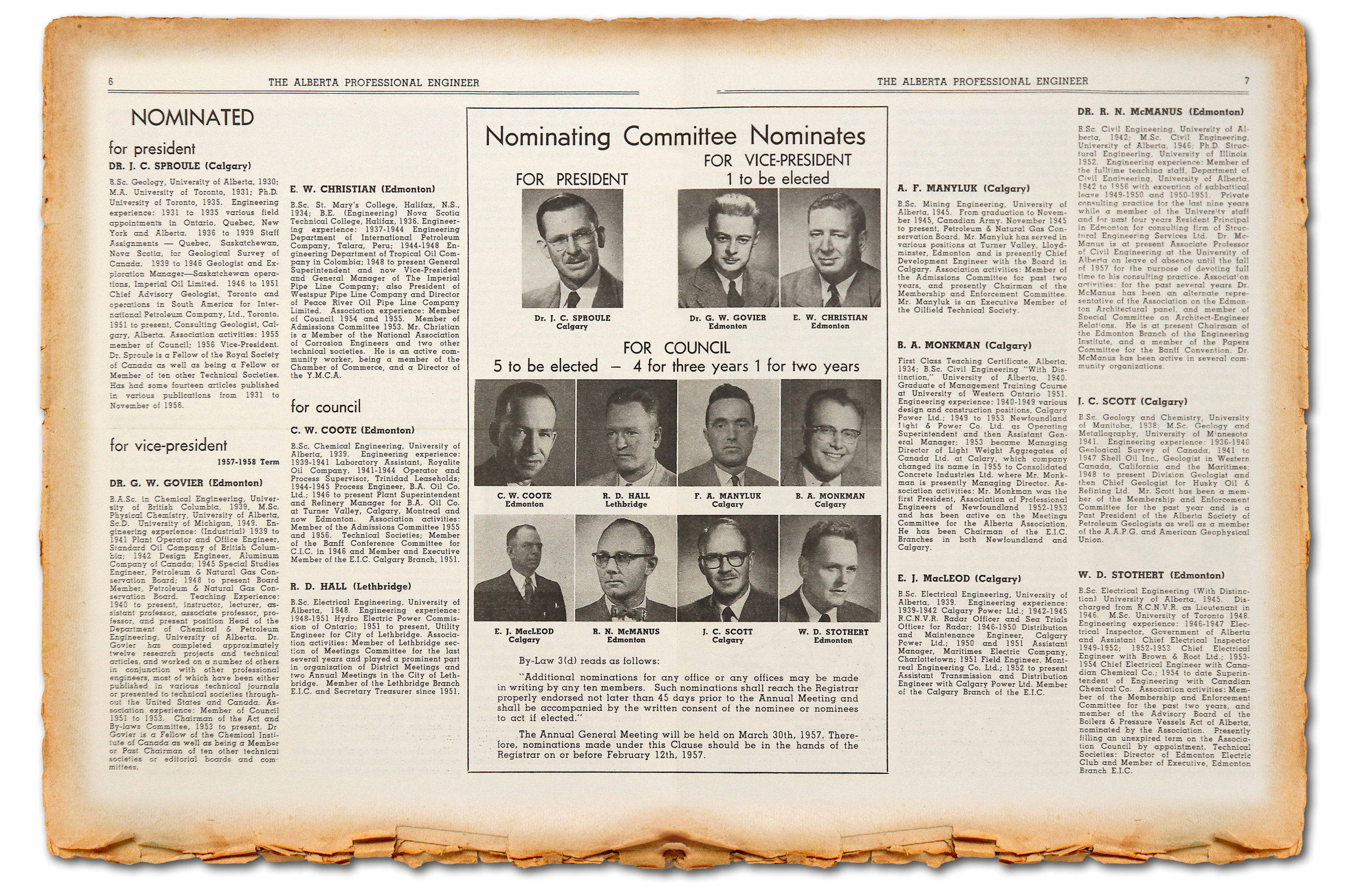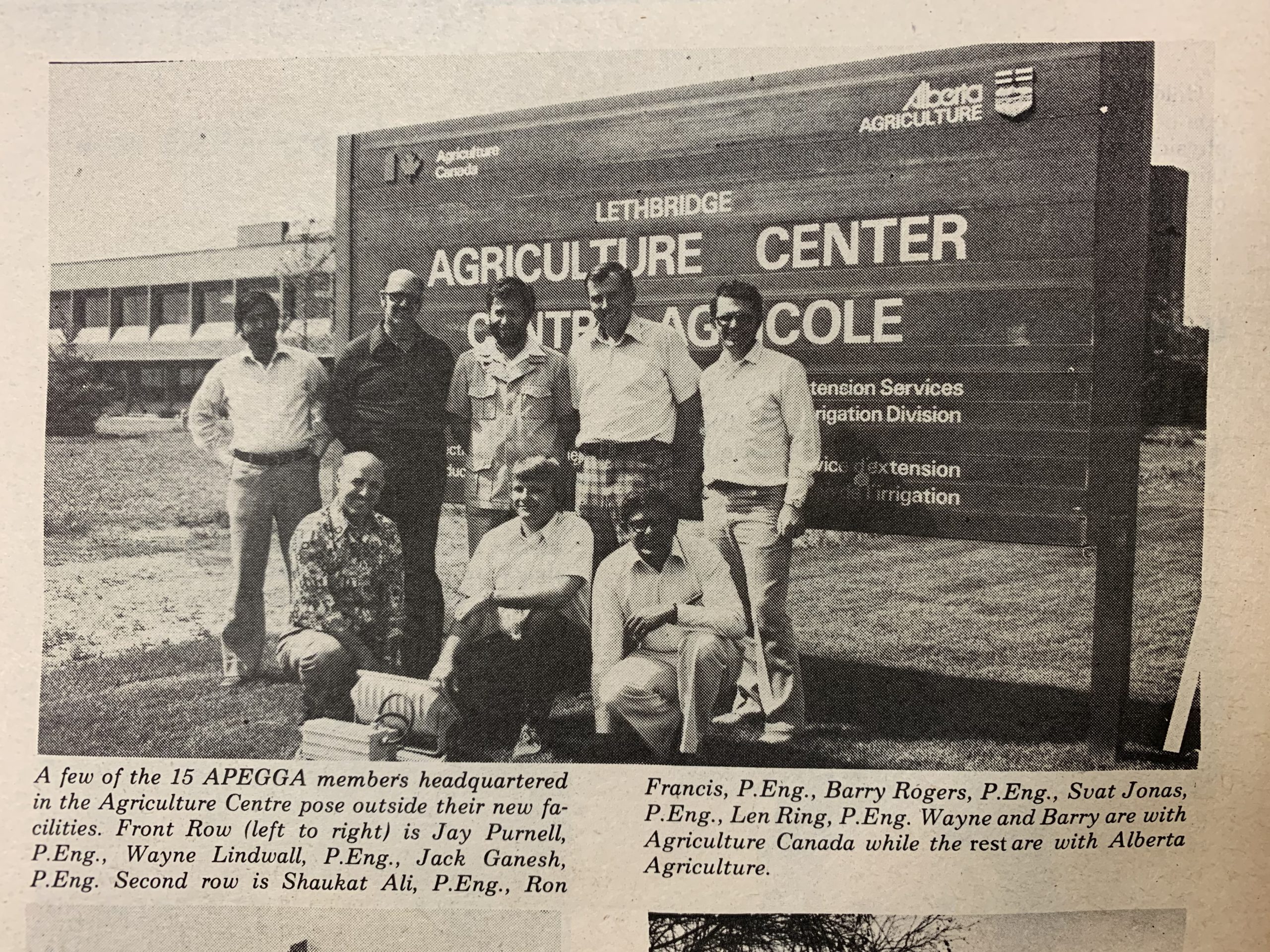Photo courtesy of Postmedia Network Inc.
Lessons Learned: Tragedy Leads to Improved Safety
The Lodgepole sour gas blowout in 1982 was a tragedy and public health crisis that changed the face of sour gas safety regulations in Alberta. The well, which was being drilled just south of Drayton Valley, blew out of control for 68 days. It spewed toxic hydrogen sulphide across west-central Alberta, made thousands of people ill, caught fire, and killed two workers who tried to cap it.
In the wake of the catastrophe, Alberta’s Energy Resources Conservation Board (ERCB) held a formal inquiry to examine what went wrong and how to prevent it from happening again.
The six-member panel included medical doctors, a physicist, and two professional engineers with the ERCB—petroleum engineer Gerry DeSorcy, P.Eng., and geological engineer Norman Strom, P.Eng.
After hearing months of testimony and reviewing 300 technical documents, the panel released its report in early 1984, blaming the blowout on human error. It found that the well’s owner used poor drilling practices and failed to properly maintain and use its equipment.
The panel made 39 recommendations to prevent future sour gas blowouts, including the need for stricter drilling regulations and specialized equipment. Increased safety training for employees and better emergency and evacuation plans were also proposed.
All recommendations were adopted by the ERCB, government, and industry.
Further reviews over the years have continued to strengthen sour gas regulation in Alberta.
In 2000, DeSorcy also chaired the Provincial Advisory Committee on Public Safety and Sour Gas, which studied sour gas industry regulations and risks to public safety. The committee, which included representatives from business, the public, First Nations, government, and environmental groups, made 87 recommendations for improvement.
Alberta is now an internationally recognized leader in the development and implementation of sour gas regulations.
Did You Know?
The name ERCB is no longer used. Its functions are now included in the Alberta Energy Regulator, the provincial body responsible for the regulation and development of the province’s energy resources.
The history of oil and gas regulation in Alberta dates from 1938, when the Petroleum and Natural Gas Conservation Board was created.
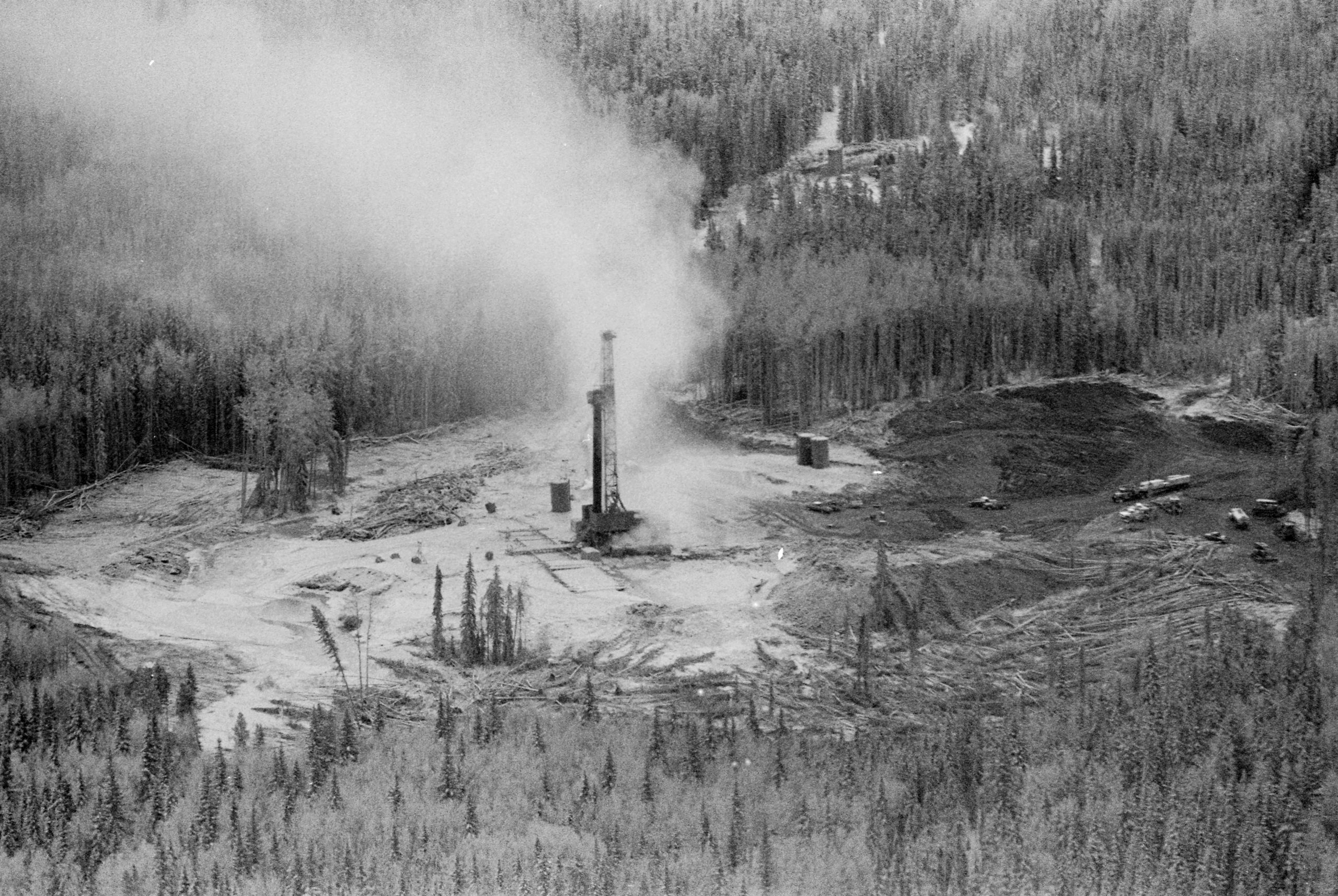
Photo courtesy of the Edmonton Journal, Provincial Archives of Alberta, J3747-1
